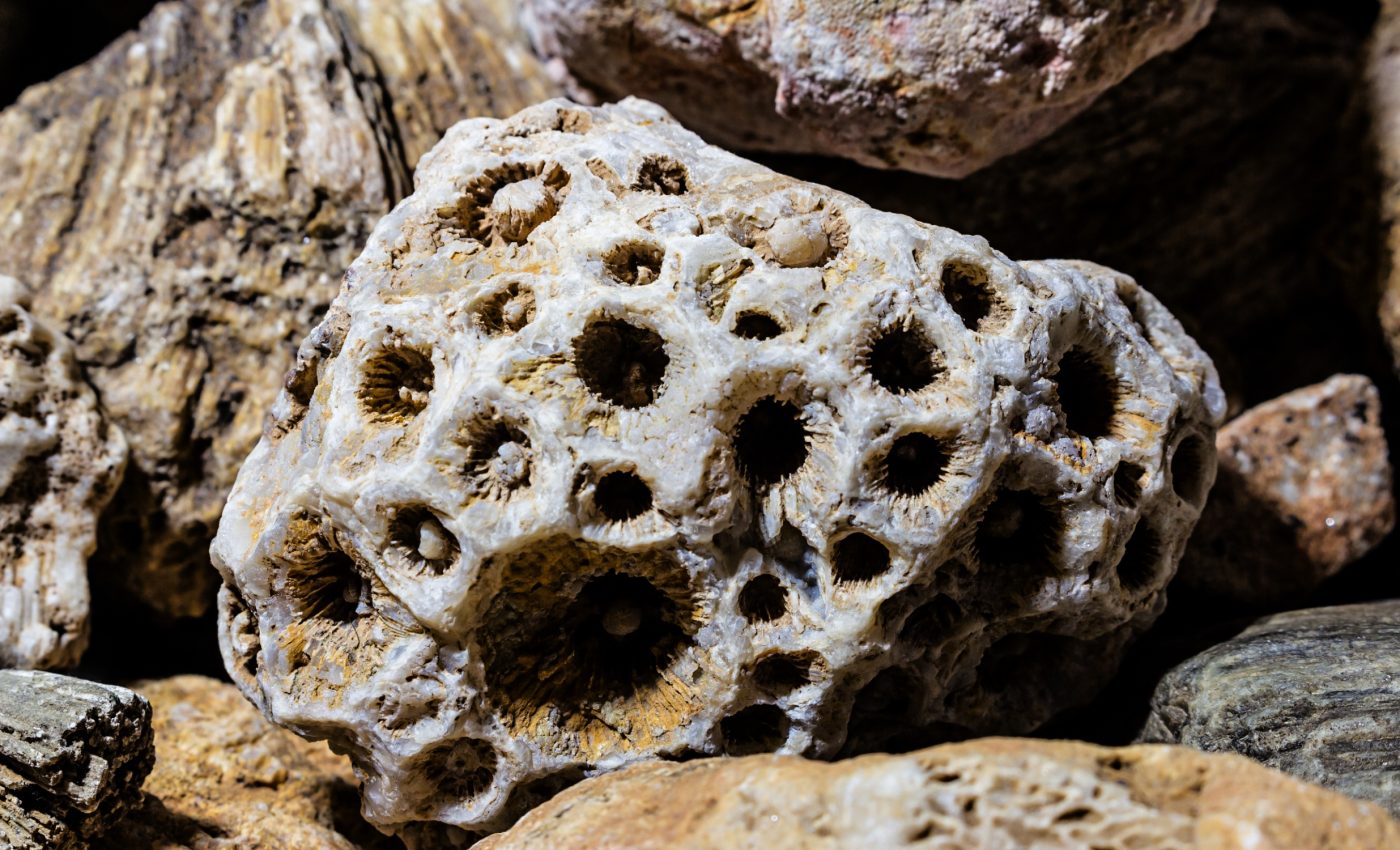
550-million-year-old fossil sponge discovered in China
A recent breakthrough in paleontology has shed light on the early evolution of sponges, one of the Earth’s oldest known animal groups. Researchers have unearthed a fossil from the late Ediacaran period, around 550 million years ago, that offers new insights into this ancient lineage.
This finding from the Shibantan Biota in Hubei Province reveals a crown-group sponge, Helicolocellus, which showcases features that are both unique and instructive about the origins of marine life.
Mystery of missing sponge fossils
Traditionally, sponges are viewed as the most basal and primitive group within the metazoans.
However, despite molecular estimates that suggest sponges appeared around 700 million years ago, concrete fossil evidence from before the Cambrian period (about 539 million years ago) was conspicuously absent.
This 160-million-year gap, often referred to as the “lost years,” posed a significant mystery in the evolutionary timeline of sponges.
Two main hypotheses have tried to explain this absence. The first suggests that early sponges had mineralized spicules made of siliceous or calcareous materials, which should have left a fossil record. The lack of such fossils was attributed to potential issues with preservation due to the chemical composition of ancient porewaters.
The second hypothesis posits that the earliest sponges were non-biomineralizing, meaning they lacked hard, mineralized components, making their preservation in the fossil record more challenging.
Discovery of Helicolocellus
The discovery of Helicolocellus supports the latter hypothesis. This ancient sponge shows a structure strikingly similar to modern glass sponges, featuring a radially symmetric, conical body and a complex internal architecture including a possible central cavity and inferred excurrent canals.
Its surface is composed of a unique grid pattern, subdivided into progressively smaller boxes, reminiscent of structures seen in some Paleozoic sponges.
Unlike its later relatives, however, Helicolocellus’s grids are made of organic matter, not biomineralized spicules.
Scientific analysis and implications
To solidify their findings, the research team conducted a comprehensive phylogenetic analysis using a morphological data matrix that included both extinct and extant animals.
The results confirm that Helicolocellus belongs to the crown group of sponges, closely related to hexactinellids, or glass sponges.
This suggests that the evolutionary ancestors of modern sponges might have first constructed their skeletal structures from organic materials before evolving to incorporate siliceous biominerals during the Cambrian period.
Connecting Ediacaran and Cambrian life
This discovery not only fills a crucial gap in the fossil record but also links the enigmatic Ediacara Biota with Cambrian animals, suggesting a continuity between these two major evolutionary stages.
One reviewer aptly noted that Helicolocellus could be considered the “Rosetta Stone” of animal evolution, providing key insights into how modern marine ecosystems began to take shape.
Significance of fossil sponges
The discovery of Helicolocellus is a significant milestone in understanding the early evolution of sponges and, more broadly, the origins of animal life.
It challenges the conventional reliance on biomineralization for fossil preservation and underscores the diversity and complexity of early metazoan life.
As research continues, each fossil discovery like Helicolocellus adds a piece to the puzzle of our planet’s biological heritage, offering a clearer picture of the intricate tapestry of life that has spanned millions of years.
Broader implications
The discovery influences several broader scientific discussions. For instance, it provides a fresh perspective on the debate about early animal evolution, particularly the development of skeletal structures in ancient marine organisms.
Helicolocellus’s organic grid pattern challenges existing notions about the timeline of biomineralization in sponges and other early animals.
Moreover, this find could spark interest in re-examining other fossil records from the Ediacaran period, potentially revealing more about the diversity and complexity of pre-Cambrian life.
It might also encourage exploration in less-studied fossil sites worldwide, potentially uncovering more early sponge fossils and offering new insights into early marine ecosystems.
Helicolocellus’s discovery could inspire advancements in biomimetic materials. The unique structural features observed in this ancient sponge might lead to innovations in material science, particularly in developing lightweight and durable materials inspired by nature’s earliest designs.
Ultimately, the discovery of Helicolocellus not only fills a significant gap in the fossil record but also opens new avenues for scientific exploration and innovation.
The study is published in the journal Nature.
—–
Like what you read? Subscribe to our newsletter for engaging articles, exclusive content, and the latest updates.
Check us out on EarthSnap, a free app brought to you by Eric Ralls and Earth.com.
—–













